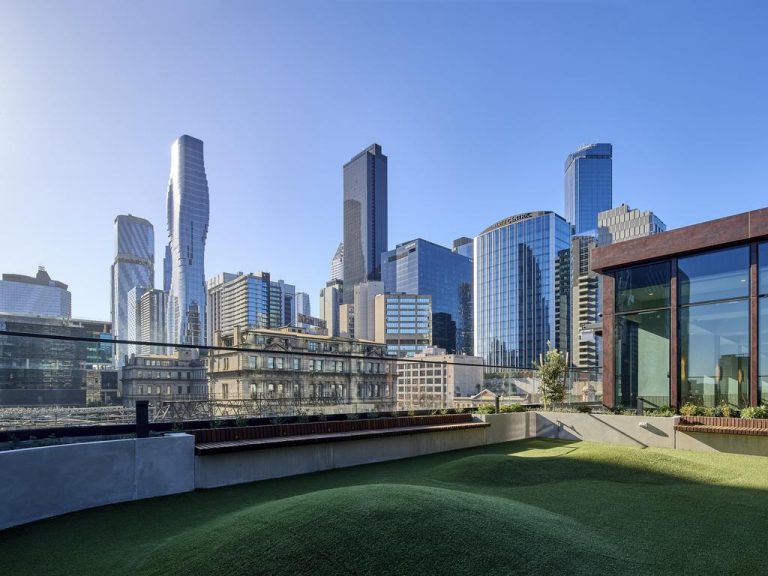Australians largely support high-rise apartment development but not near where they live

High-rise apartments are great for those living in them, but not so much for those whose backyards they overlook.
More than 40 per cent of Australians support high-rise apartment development, so long as it is not in their neighbourhood, new research shows.
The REA Property Seeker Survey for 2024 asked almost 5000 people questions about their housing preferences – including their attitudes to high-rise development.
The results seem quite pertinent given the Housing Accord goal of building 1.2 million new homes over the next five years, and the recent announcements on housing from the Victorian government.
The survey was independent research conducted by Starburst Insights on behalf of realestate.com.au.
A lot of the focus of delivering new housing is going to be in in-fill locations and to date, a lot of proposals focus on more high-rise development, however the responses in this survey suggest that garnering support for such a shift is going to be a challenge.
The first question detailed relates to increasing housing density and the support of such proposals. Tiny homes (55 per cent) and granny flats/backyard pods were the only housing types in the survey that received more than 50 per cent support within the respondents’ neighbourhood, while high-rise apartments, at 29 per cent, received the lowest support.
Looking across the state’s capital cities, high-rise apartments had the greatest support within the respondents’ neighbourhood in Hobart (36 per cent) and Sydney (30 per cent), and the lowest support in Adelaide (26 per cent) and Canberra (28 per cent).
Respondents in metropolitan areas (30 per cent) were only slightly more supportive of high-rise apartments in their neighbourhoods than those in regional areas (26 per cent). This is probably little surprise, but respondents were generally more supportive of high-rise apartments in neighbourhoods outside their own, with 41 per cent of respondents supportive.
The highest level of support for high-rise apartments outside of the respondents’ neighbourhoods were in Canberra (49 per cent) and Brisbane (45 per cent), with the lowest support in Hobart (30 per cent) and Adelaide (40 per cent).
Again, respondents in metropolitan areas were marginally more supportive (41 per cent) than those in regional markets (40 per cent).

REA director of economic research Cameron Kusher.
What was positive for delivering greater housing density was that only 30 per cent of respondents were completely unsupportive of high-rise apartment buildings. This was a higher level of unsupportive respondents than those for subdivision of existing plots (21 per cent), tiny homes (16 per cent) and granny flats/backyard pods (12 per cent).
Among the state’s capital cities, the largest share of respondents unsupportive of high-rise apartment buildings was in Hobart (34 per cent) and Adelaide (34 per cent), while the fewest unsupportive responses were in Canberra (22 per cent) and both Sydney and Brisbane (26 per cent).
People in regional areas were more unsupportive of high-rise apartment buildings (34 per cent) than those in capital cities (28 per cent).
The key takeaway from these findings are that most people support high-rise development within their region however, they don’t want it where they live. This seems to suggest they want this type of development contained to select areas of the city.
Unfortunately, in this survey we did not ask the question about townhouses and mid-rise apartments however, given the stronger support for the lower-density options listed, I would suspect these types of development would receive greater support than high-rise apartments do.
The lesson I take from these results is that it is going to be very difficult to get the public to support high-rise development everywhere. It is going to have to be delivered in select and strategic locations throughout the city.
Meanwhile, building up more medium-density housing throughout the city is likely to be much more palatable to the wider public
Cameron Kusher is director of economic research at REA







